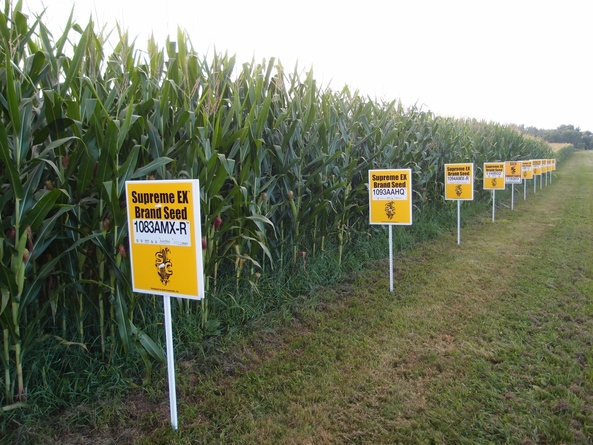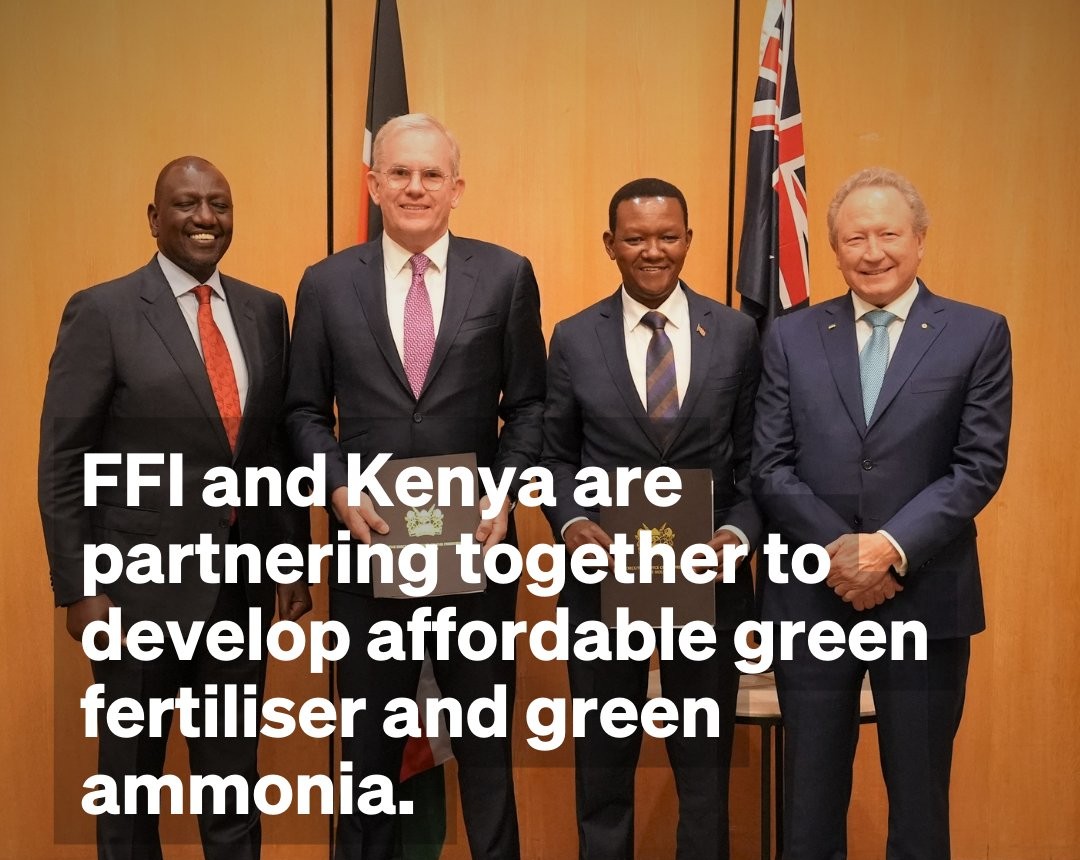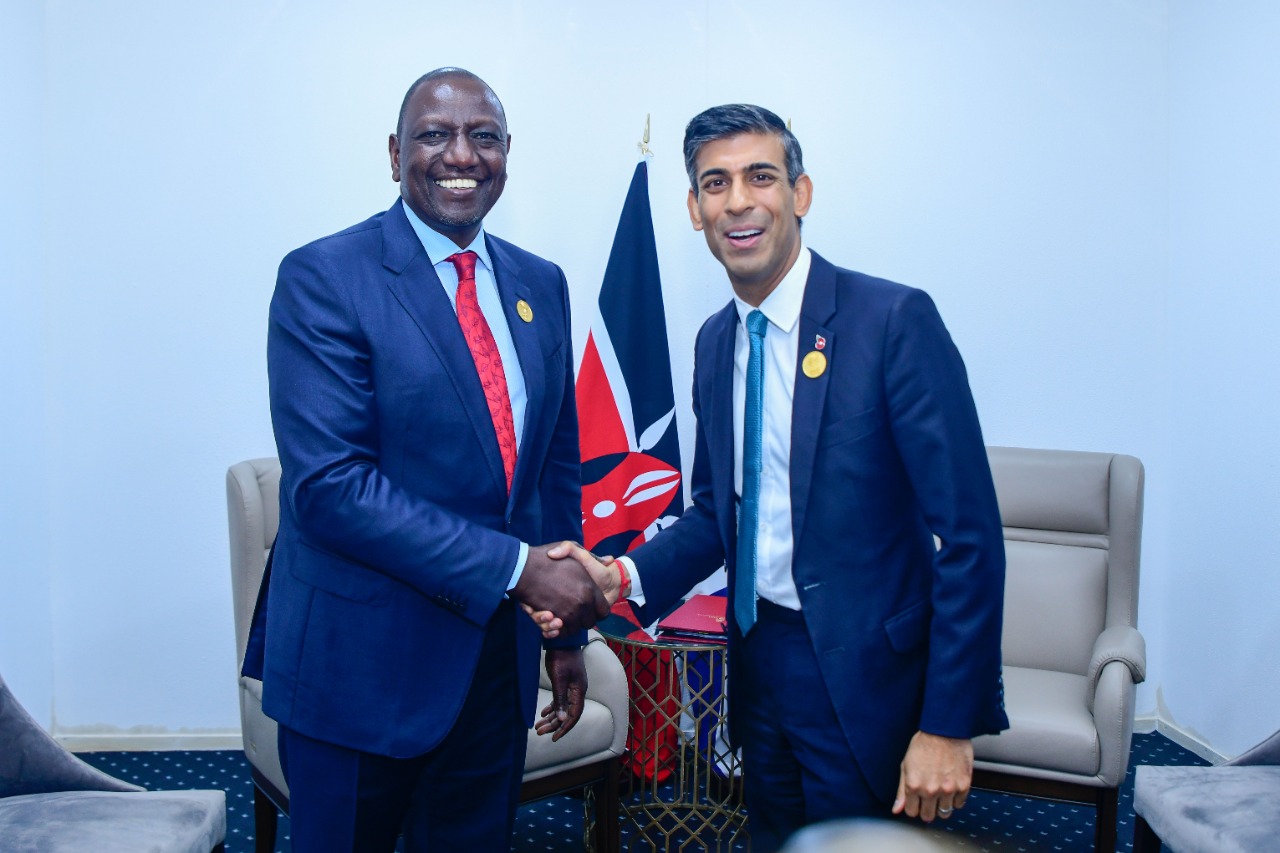
By George Munene
First introduced and adopted in the United States in 1996, Bt maize was among the first genetically modified (GM) crops grown commercially. These GM plants are not lab engineered but rather produce toxins gotten from the soil bacteria, Bacillus thuringiensis (Bt), hence the common name "Bt maize".
“Bt maize is a maize variety that has been modified to have an inherent ability to fight back when crop pests come to feed on it. This has been developed by harnessing a very basic bacteria that is present in soil and is safe for humans and we have often taken it with our vegetables and salads without any problem,” said Dr. Joel Ochieng, Head of Agricultural Biotechnology at the University of Nairobi
He further asserts that in the formulation of GMO crops scientists can never use an item that doesn't have a long documented history of safety.
According to the Kenya Agriculture and Livestock Research Organisation (KALRO), Bt-maize protects itself against insect pests, specifically the stem borers species, and partially but significantly controls the fall armyworm (FAW). These are the most damaging maize pests capable of causing up to 100% yield loss if uncontrolled.
Related News: Researchers find genetically modified maize safe for environment
Related News: 11MT of GMO maize to be planted on 500,000 acres early next year
These insect pests are very expensive to control, with farmers spending up to Sh12,000 per acre on pesticides alone. They significantly contribute to low maize productivity and production in Kenya which currently stands at 7-10 (90kg) bags against the potential of 22-35 bags per acre.
“Bt maize protects itself not from all pests but specifically from the corn borer, so bees landing on that maize plant aren't affected. It is similar to a drug like Malaria Quill in humans: You'll take Malaria Quill, it doesn't harm you but rather hunts down a specific Plasmodium falciparum that causes malaria it doesn't even kill the bacteria in your tummy.
I have found that people are under the misconception that any large maize cob, tomato fruit, or chicken that has been injected with hormones is GMO. GMOs strictly refer to crops that have been modified genetically,” Ochieng explained.
In 40 years; from its research through to its adoption he said there hasn't been scientifically backed evidence of it being harmful to humans or the environment.
Sub-Saharan Africa faces serious food security risks because its demand for cereals is expected to increase by 300 per cent by 2050. Maize is one of the most important food crops in the region, with over 300 million Africans depending on it as a staple food source.
South Africa was the first African country to approve commercial cultivation of GM crops in 1997.
Related News: Genetically modified Bt cotton pilot farmers report increased yields & profits
According to a study by the Agricultural Research Council in South Africa and universities in the US and Belgium from 2001 to 2018, the country earned Sh84.6 billion ($694.7 million) from the cultivation of GM white maize.
This has helped enhance food security in the country which produces an average of 4.6 million additional white maize rations annually and in 2022/2023 exported 3.2 million metric tons of maize.
It has also improved smallholder farmers' earnings significantly and reduced environmental damage by applying less maize crop pests.
It has also meant less land can be dedicated to the cultivation of crops as the additional land size required to keep up with these improved rations would be 1,088 ha in 2001 to 217,788 ha in 2014 if farmers were sorely cultivating conventional hybrid maize varieties.
Write comment (0 Comments)



 By George Munene
By George Munene











